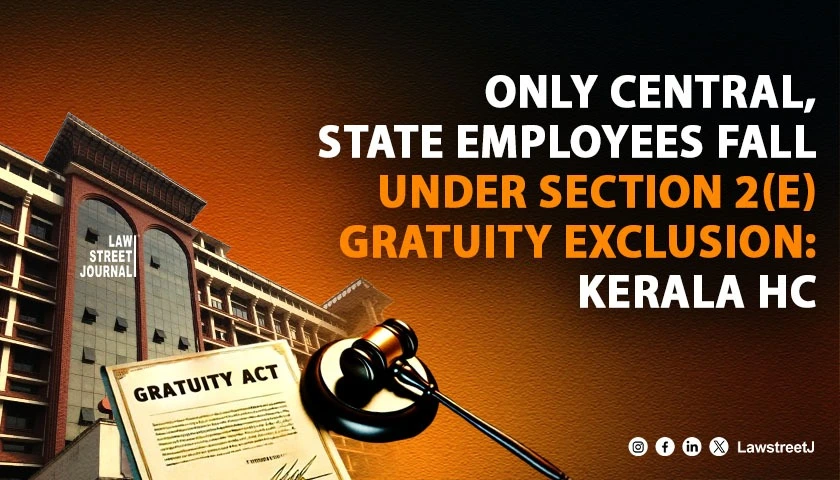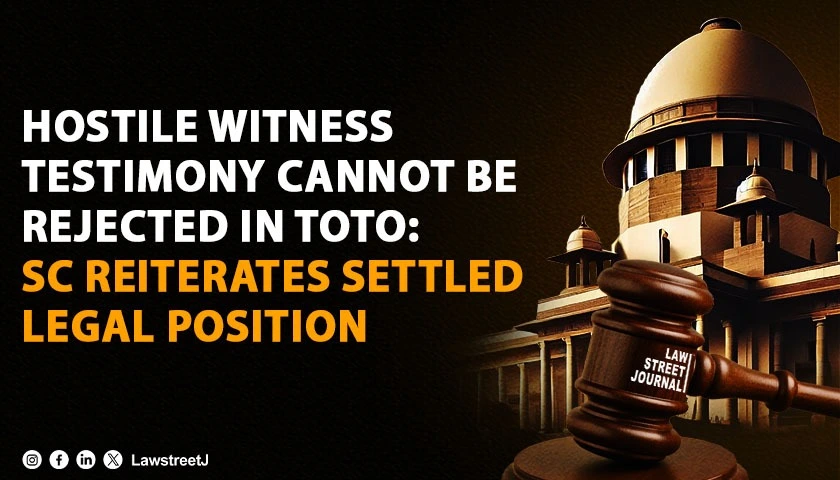The Rajasthan High Court recently rejected special protection to a married woman who is living with some other partner and seeking protection from certain private individuals who are unhappy with her engagement.
Justice Satish Kumar Sharma's panel cited a previous Allahabad High Court ruling in which the Court rejected a married woman residing with her partner's safeguard petition at an exorbitant cost of Rs.5,000, indicating:
"No law-abiding individual who is already registered under the Hindu Marriage Act can seek safety from this Court for an unlawful relationship that is outside the scope of this country's social cohesion. Marriage's integrity entails divorce. If she has a disagreement with her husband, she must first seek separation from him under the law that applies to her culture, if Hindu Rules do not apply to her."
The case before the Court:
Despite the fact that the petitioner is a married woman who was forced to leave her matrimonial home and is now residing with petitioner No. 2 (her live-in partner), she filed a police security case with Rajasthan High Court in the present case.
Court's observations:
In a recent judgement, the Allahabad High Court stated, "It is a well-settled legal situation, live-in engagements cannot be at the expense of the social cohesion of this country, and ordering the police to furnish protection may inadvertently give our permission to such immoral partnerships."
In light of the foregoing legal situation, the petition for police protection was denied; nevertheless, the Court stated that if the petitioners are involved in any criminal activity, they are free to file a FIR with the appropriate police station or pursue other legal remedies.
Pressingly, the Court wrongfully taken care of the plea on August 10 by directing the deeply worried Station House Officer to handle the plea as a complaint and, after due investigation, take appropriate control measures and other guidelines to ensure the petitioners' protection and reliability in accordance with the law.
On August 13, the Court clarified that the earlier order's functional component had been recorded in a way that was wholly inconsistent with the Court's findings, and as a result, the Court ordered that it be withdrawn from the Court's website.







